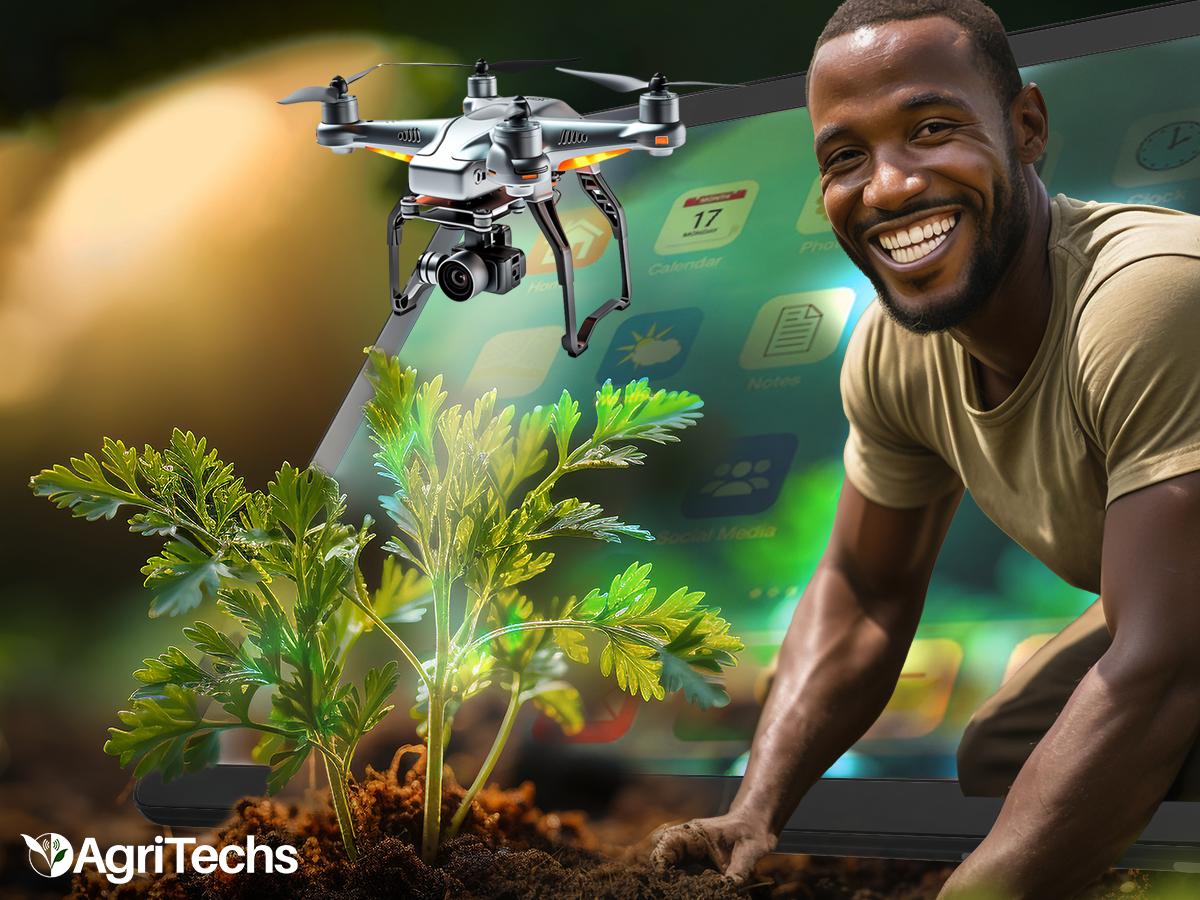Digital Agronomy: Revolutionizing Crop Management with Technology

In the vast fields where crops sway with the rhythm of the wind, a quiet revolution is underway. It’s not a revolution of guns and protests but one driven by data, algorithms, and technology. This revolution is digital agronomy, and it’s transforming the age-old practice of crop management into a precision science.
The Traditional vs. The Digital
Not long ago, farmers relied on experience, intuition, and a fair bit of luck to manage their crops. Today, they have a new ally: technology. Digital agronomy blends data analytics, remote sensing, and precision agriculture to give farmers previously imagined insights.
Precision Agricultural: The Future of Farming
At the heart of digital agronomy lies precision agriculture. This approach involves using technology to tailor farming practices to the specific needs of each crop. By deploying sensors, GPS-guided machinery, and sophisticated software, farmers can optimize the use of water, fertilizers, and pesticides, minimizing waste and maximizing yields.
Remote Sensing: The Eyes in the Sky
Imagine having a bird’s-eye view of your fields, collecting every detail from crop health to soil moisture levels. With remote sensing technologies such as satellites and drones, this is now a possibility. These instruments give farmers high-resolution imagery and data, allowing them to track crop growth, detect pests and diseases, and assess environmental conditions with unparalleled precision.
Data Analytics: Turning Numbers into Insights
In the world of digital agronomy, data is king. Using the power of analytics, farmers can unlock valuable insights from the vast amounts of data collected on their farms. Advanced algorithms analyze this data to identify patterns, predict crop yields, and optimize farming practices in real-time. With every harvest, farmers gain a deeper understanding of their land, enabling them to make smarter decisions season after season.
Farm Management Software: The Framer’s Toolbox
Managing a modern farm is no small feat. That’s where farm management software comes in. These integrated platforms help farmers keep track of everything from planting schedules to inventory management. By centralizing data and automating routine tasks, farm management software allows farmers to focus on what they do best: growing crops.
Challenges and Opportunities
Of course, the road to digital agronomy is not without its challenges. High costs, limited access to technology, and concerns about data privacy are just a few of the obstacles that farmers face. However, with the right investments and policies in place, these challenges can be overcome.
Moreover, the benefits of digital agronomy extend far beyond the farm gate. By enabling farmers to produce more with less, digital agronomy has the potential to improve food security, protect the environment, and enhance the livelihoods of millions of people around the world.






